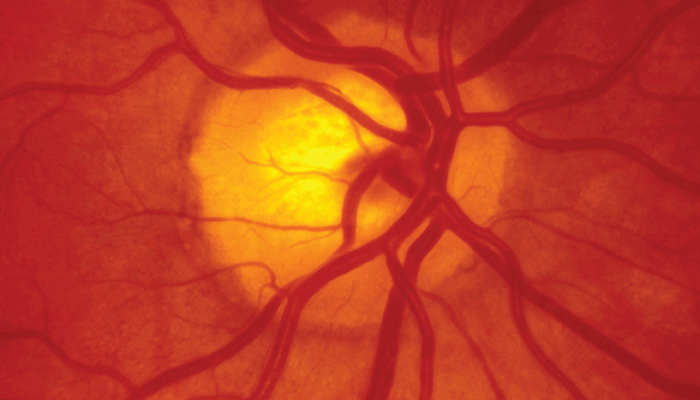
Deep cuts. Researchers assessed the performance of deep learning models trained to differentiate between malignant and benign eyelid lesions using clinical eyelid photographs (1). Two convolutional neural network (CNN) models classified 4954 photographs from 928 patients, resulting in a mean area under the receiver operating characteristic curve (AUC) of 0.908 and 0.950, demonstrating equivalent performance to human ophthalmologists.
The critical chapter. Is the myopia burden caused by the COVID-19 pandemic temporary – and can it be mitigated? Researchers aimed to answer this question with a cross-sectional study of 325,443 school-aged children (2). After home confinement was lifted, the prevalence of myopia in children aged between six and eight decreased, returning to pre-pandemic levels. Notably, the myopia burden associated with the pandemic related restrictions was not evident in subsequent school-aged cohorts, indicating that children within this age range may be particularly susceptible to environment changes.
Cognitive coexistence. Looking to quantify the co-existence of age-related macular degeneration (AMD), glaucoma, or diabetic retinopathy and cognitive impairment or dementia, researchers conducted a systematic review and meta-analysis of 56 studies (3). They found that evidence was limited but consistent in mild cognitive impairment and saw that the frequency of comorbid eye disease and cognitive impairment of dementia ranged dramatically. More population-based estimations of the co-existence of these factors are needed and interdisciplinary collaboration may prove useful for managing these conditions to meet the healthcare needs of aging populations.
Population patterns. A new cohort study assessed the current rates of diabetic retinopathy (DR) incidence and progression in 8374 American Indian and Alaska Native individuals who were evaluated twice – once in 2015 and then again between 2016 and 2019 by the Indian Health Service (IHS) teleophthalmology program (4). The incidence of DR of any level and the progression of the condition were lower than those previously reported for this population group. The results also support extending the time between re-evaluations for DR for certain American Indian and Alaska Native patients, if the follow-up compliance and visual acuity outcomes are not impacted.
COVID (in)sights. How did the COVID-19 pandemic affect the depressive symptoms of patients with low vision and blindness? A cross sectional-study explored this question between February and July 2022 through face-to-face interviews with patients with low vision and blindness who had not been diagnosed with depression (5). The results? COVID-19 significantly increased depressive symptoms in this patient group, adding to calls for public health organizations to implement preventative and protective measures for patients with physical and mental disabilities.
In Other News…
Treatment triumphs. Patients with chronic serous chorioretinopathy who received single, foveal half-dose photodynamic therapy saw significant improvement in structure and function after two years (6).
Novel model. Laser-induced retinal lesion with central sparing (RLCS) murine model of progressive geographic atrophy demonstrates characteristic features of condition (7).
Role determined. Advances in OCT technology allow for increased resolution and expanded field of imaging of vitreoretinal interface in cases of acute posterior vitreous detachment (8).
Time out(comes). Delayed onset retinal detachments (RD) had better visual acuity at time of diagnosis, and faster post-surgical recovery compared with acute-onset RDs (9).
Reviewing randomness. Between 2000-2020, sample size calculation reporting in randomized control trials in ophthalmology has improved significantly compared with other medical fields (10).
References
- MJ Lee et al., Sci Rep, 13, 4103 (2023). PMID: 36914694.
- J Wang et al., JAMA Ophthalmol, [Online ahead of print] (2023). PMID: 36821130.
- Y Xu et al., Eye (Lond), [Online ahead of print] (2023). PMID: 36922645.
- SJ Fonda et al., JAMA Ophthalmol, [Online ahead of print] (2023). PMID: 36892822.
- P Tantirattanakulchai et al., Clin Ophthalmol, 17, 789 (2023). PMID: 36919032.
- HMA Feenstra et al., Retina, 43, 379 (2023). PMID: 36727801.
- AH Khan et al., Sci Rep, 13, 4194 (2023). PMID: 36918701.
- R Wang et al., Retina 43, 371 (2023). PMID: 36728028.
- VB Swaminathan et al., Br J Ophthalmol, [Online ahead of print] (2023). PMID: 36918274.
- NE Kounatidou et al., Int Ophthalmol, [Online ahead of print] (2023). PMID: 36917324.
